Word Count: 670
Average Read Time: 2.5 minutes
Have you ever heard someone say you shouldn’t weigh yourself when dieting? Have you ever heard that you should only weigh yourself once per week or once per month? What If I told you not only should you weigh yourself, but that you should weigh yourself every single day?
What gets measured, gets managed.
In the famous words of the late management expert, Peter Drucker, “What gets measured, gets managed.” Businesses have to track their revenue to know if they’re growing. Families have to track their expenses to know if they’re sticking to their budgets.
Some say, “Just use the mirror to track progress.” I disagree. It’s extremely difficult to see progress just by looking at ourselves.
Fat loss takes time. We see ourselves in the mirror every time we walk in a bathroom. Because fat loss is a slow process and you see yourself so often, you will have made no progress between now and when you look in the mirror next. For this reason, we have to have a concrete way of tracking progress.
Be consistent.
Even more important than stepping on the scale, is stepping on the scale consistently. Weight loss is not linear. Most people expect weight loss to happen consistently, which almost never happens. More often than not, weight loss looks something like this:
What I see with many clients is a period of several days with no movement on the scale or even a small climb upward in weight, followed by a drop. Then there will be another period of several days (or even a week or two) with no movement or a small climb upward, followed by another drop.
That’s why I recommend people weigh and track body weight daily. Tracking body weight sporadically can be as bad as not tracking at all. It could be the difference between your weight chart looking like this:
versus this:
It could be the difference between knowing you’re on track and thinking you’re making no progress and that your program isn’t working. By the way, those weight charts both belong to the same client. I simply omitted a few of their entries in the second chart, to show how drastically it can alter how you view your progress.
This is incredibly important. How you view your progress can be the difference between being excited about your program and quitting your program out of frustration over perceived lack of results.
Alternative to Body Weight
Some people can become overly obsessed with numbers when tracking weight loss progress. If this is you, try using a method of tracking progress that doesn’t involve numbers.
Get a pair of jeans that are a bit tight and try them on a couple of times per month. If they’re getting looser, you’re making progress. While subjective and less precise, this method may be a better option for some.
Final Note
I want to make it clear, the scale does not capture all progress that is being made. If you’re new to weightlifting, it’s not uncommon for the amount of weight you’ll gain from added muscle to be close to, or even equal to, the amount of weight you’ll lose from lost body fat. If this is the case, the scale won’t move much, if any. (I talked about this in another post a couple of weeks ago. Click here for that post.)
For this reason, I use scale weight, waist measurements, and progress pictures to track my clients progress. If you want to learn more about how, when, and why to take each of these, click here.
Thank you so much for reading! If you found this information helpful and want to help the Treadaway Training blogcast grow, simply share this post with a friend. If you like what I have to say, sign up below to become a Treadaway Training insider or check out my YouTube channel. I will be back here Saturday with another fat loss topic. As always, God bless you AND your family and I'll see you Saturday.









